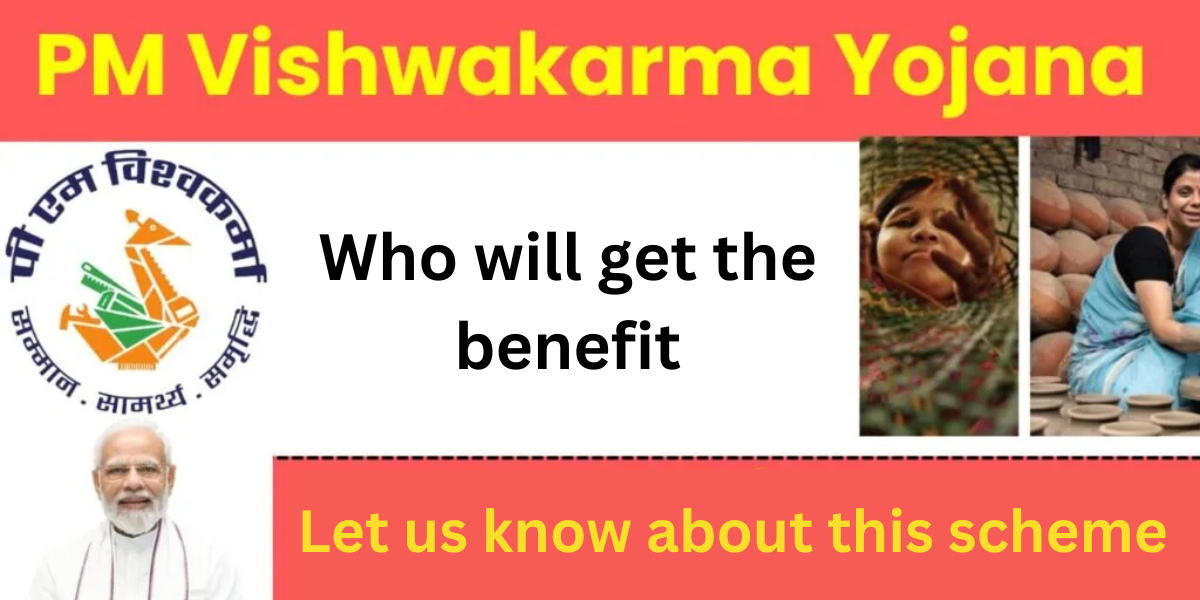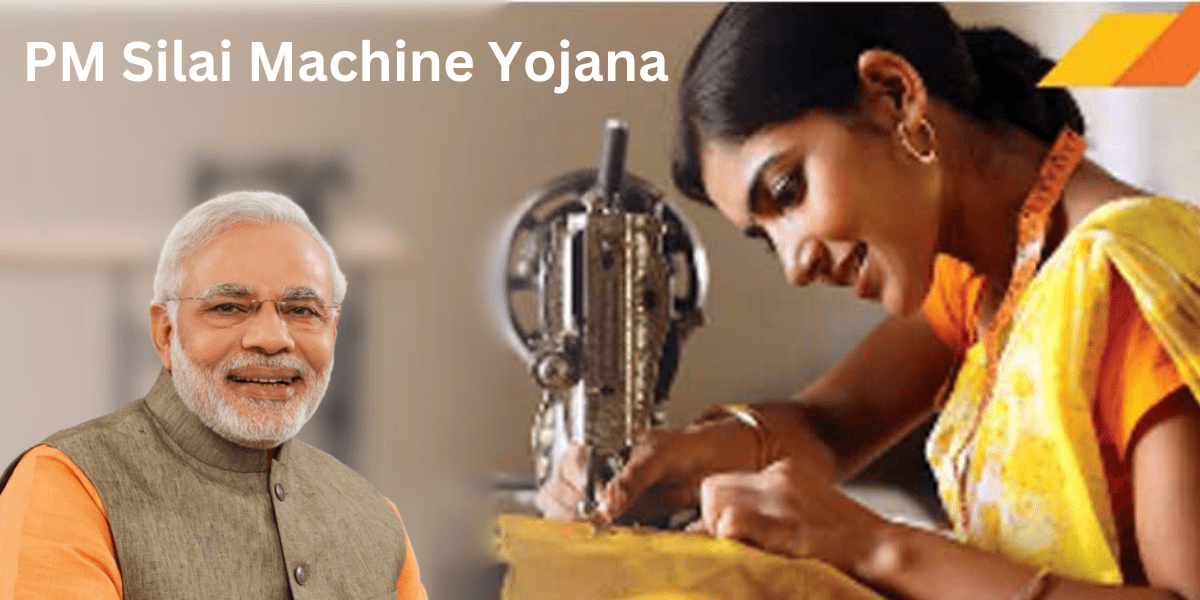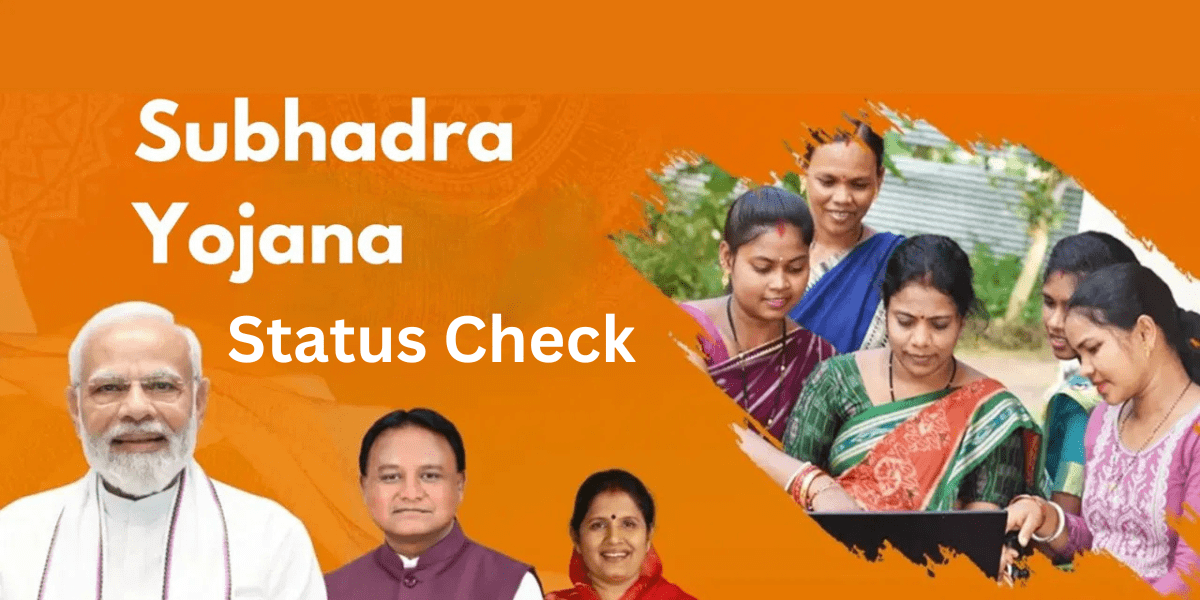In the dynamic world of India’s development, the government continues to take initiatives aimed at uplifting every section of society. One such transformative scheme is the Vishwakarma Yojana. Launched under the Ministry of MSME (Micro, Small, and Medium Enterprises), this scheme targets artisans and craftspersons who have contributed immensely to the rich cultural heritage and craftsmanship of India. The Vishwakarma Yojana aims to provide financial support, skill development, and better tools to enhance the livelihoods of artisans across the country.
This scheme is particularly crucial because it acknowledges the importance of skilled manual labor that has been passed down through generations. Let’s dive deep into the Vishwakarma Yojana, its objectives, benefits, and how it is contributing to the socio-economic growth of the nation.
What is Vishwakarma Yojana?
Vishwakarma Yojana is a government initiative introduced by the Prime Minister of India to provide economic assistance to the skilled workers, artisans, and craftspersons in rural and urban India. The initiative provides them with tools, financial assistance, and skill development programs to boost their productivity and income.
The term ‘Vishwakarma’ refers to the divine architect, who in Indian mythology is known as the god of craftsmen. With this Yojana, the government aims to honor the skilled laborers who contribute to the making of products ranging from sculptures to intricate designs to structures.
Key Objectives of Vishwakarma Yojana

The Vishwakarma Yojana serves a multitude of objectives that directly impact artisans and their livelihoods:
- Skill Development: The scheme focuses on enhancing the skills of artisans and craftspersons by providing them with access to training and education in their craft. These programs will improve the overall quality of products, making them more market-competitive.
- Financial Support: Under this initiative, artisans are provided financial assistance to purchase modern tools and equipment that will help increase their production capacity.
- Promoting Local Handicrafts: The Vishwakarma Yojana aims to promote local crafts and handicrafts by helping artisans access new markets both nationally and internationally. By improving the quality of their products, the government hopes to boost the export potential of India’s craft industries.
- Recognition of Skilled Workers: One of the main goals is to recognize the contribution of artisans and workers, which often goes unnoticed despite their crucial role in creating the nation’s heritage.
- Empowerment of Artisans: The program empowers the workers financially, socially, and economically, thus improving their overall standard of living and ensuring sustainable growth.
Eligibility Criteria for Vishwakarma Yojana
To avail of the benefits of this scheme, artisans and workers must fulfill certain eligibility criteria. These include:
- Being an Artisan or Craftsman: The applicant must be involved in one of the following trades: blacksmithing, carpentry, weaving, pottery making, brass smithing, and other traditional handicrafts.
- Age Limit: The scheme is mainly aimed at artisans who are in the age group of 18 to 60 years.
- Income Limit: There might be a specific income limit set by the government for beneficiaries to be eligible for the scheme. Typically, artisans earning below a certain threshold are eligible to apply.
Benefits of Vishwakarma Yojana
The Vishwakarma Yojana is designed to bring tangible benefits to artisans across India. Here are the key benefits that the scheme offers:
- Provision of Advanced Tools and Equipment: One of the major benefits is the provision of modern tools and equipment. The government helps artisans replace old tools with new and advanced ones, which makes their work more efficient and improves the quality of their products.
- Financial Assistance: Eligible artisans receive a certain amount of financial assistance to support their business. This assistance is often utilized for buying raw materials, tools, and sometimes for marketing their products.
- Skill Development Programs: The Yojana also provides training and skill development to ensure that the artisans remain relevant in the market by adopting new techniques and methods. This training can be both technical and business-oriented, helping artisans become self-sufficient.
- Increased Market Access: The scheme helps artisans connect with new markets, whether domestic or international, providing better sales opportunities for their products. The government also helps in brand promotion for these artisans.
- Social and Financial Security: With increased earnings and better living conditions, the artisans and their families benefit from financial security. The scheme encourages artisans to set up businesses, further ensuring their long-term sustainability.
To access the PM Vishwakarma Yojana portal, follow these steps:
PM Vishwakarma Yojana Login Process
- Visit the Official Website: Navigate to the PM Vishwakarma Yojana portal at https://pmvishwakarma.gov.in/.
- Access the Login Page: Click on the “Login” option located in the main menu.
- Select Login Type: Choose “Applicant/Beneficiary Login” from the dropdown menu.
- Enter Credentials: Input your registered mobile number and the captcha code displayed on the screen.
- Receive OTP: Click “Login” to receive a One-Time Password (OTP) on your registered mobile number.
- Verify OTP: Enter the received OTP in the provided field and click “Verify” to complete the login process.
If you haven’t registered yet, you can do so through the nearest Common Service Center (CSC). The registration process involves document verification and may require biometric authentication. For detailed guidance, refer to the official PM Vishwakarma Yojana portal.
For a visual demonstration of the login process, you can watch the following video:
How Vishwakarma Yojana Works
The implementation of Vishwakarma Yojana is carried out in several stages. It begins with a survey of artisans across various regions to identify eligible beneficiaries. The government then provides the required financial assistance, tools, and training to the selected artisans.
Below is a table illustrating the key components of the Vishwakarma Yojana:
| Component | Details |
|---|---|
| Financial Support | Provides financial aid to buy tools, raw materials, and setup costs. |
| Training and Skill Development | Offers skill-enhancing programs for artisans to improve quality and increase productivity. |
| Tool Upgradation | Financial assistance to upgrade old tools and use modern technology. |
| Market Access | Helps artisans gain access to domestic and international markets for their products. |
| Target Audience | Small-scale artisans, craftspersons, and small entrepreneurs involved in traditional craftsmanship. |
| Duration | Financial support is generally offered for a specific period (usually 3-5 years) to help the artisan develop their business. |
Challenges Faced by Artisans
Although Vishwakarma Yojana has brought immense benefits to artisans, several challenges still remain:
- Lack of Awareness: Many artisans, especially in rural areas, are unaware of the benefits they can avail through the Yojana. Raising awareness remains a significant challenge.
- Access to Technology: While the scheme provides tools, artisans often struggle to effectively use modern technologies due to a lack of technical knowledge and training.
- Funding Delays: Sometimes, the timely release of funds and financial assistance becomes a bottleneck, which hinders artisans from accessing the benefits quickly.
- Unorganized Sector: Many artisans work in the unorganized sector, making it difficult for them to benefit from government schemes as they lack formal registration and documentation.
Impact of Vishwakarma Yojana on Artisans and Indian Economy
The Vishwakarma Yojana has had a profound impact on artisans and the Indian economy. By helping artisans improve their skills and access better tools, the scheme is helping them enhance the quality of their craftsmanship, thereby boosting productivity. With increased production, artisans can sell their products at higher prices, improving their income and standard of living.
From an economic perspective, the Yojana contributes significantly to India’s GDP by enhancing the handicraft sector’s contribution. The ability to tap into global markets also ensures the growth of India’s exports, with traditional Indian craftsmanship gaining international recognition.
Furthermore, the scheme helps preserve India’s rich cultural heritage by empowering artisans to continue their work while making it more sustainable. By bringing together innovation and tradition, the Vishwakarma Yojana fosters a balance between preserving India’s art forms and ensuring economic prosperity for artisans.
Conclusion
The Vishwakarma Yojana is a pathbreaking initiative for promoting and empowering India’s artisans. By offering financial assistance, skill development programs, and upgraded tools, the government has given the craft sector a much-needed boost. As the scheme continues to evolve, it will undoubtedly have a lasting positive impact on the livelihoods of artisans and the growth of the Indian economy.
For artisans, the Vishwakarma Yojana is a golden opportunity to transform their passion into a profitable venture. As the scheme reaches more corners of the nation, it holds the potential to uplift millions, preserve heritage, and contribute significantly to the country’s economic development.
Read More Blogs:-



